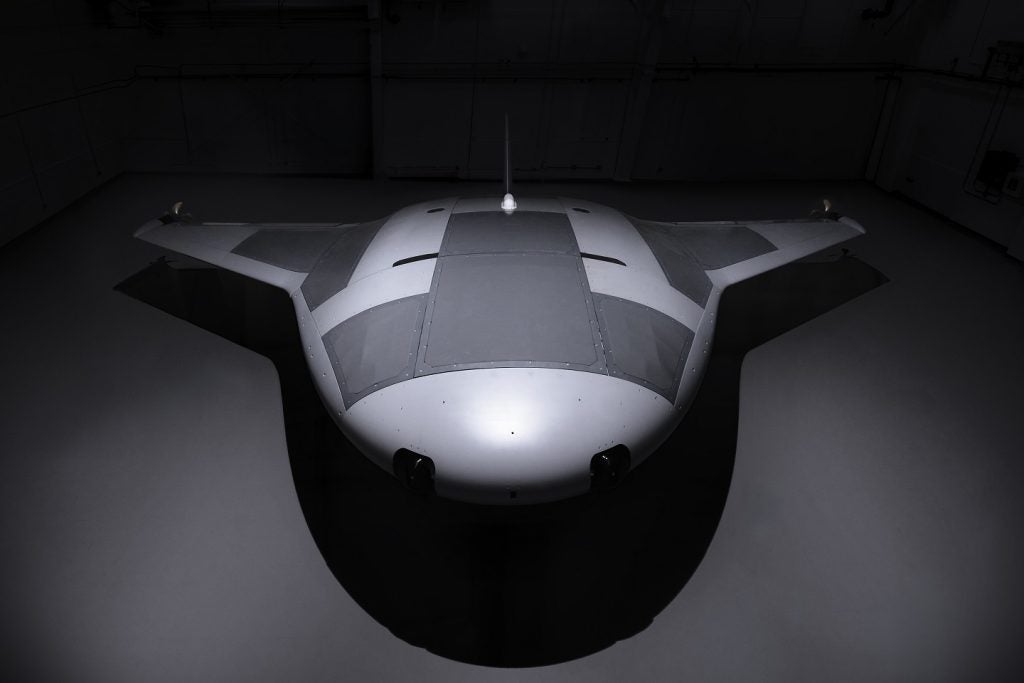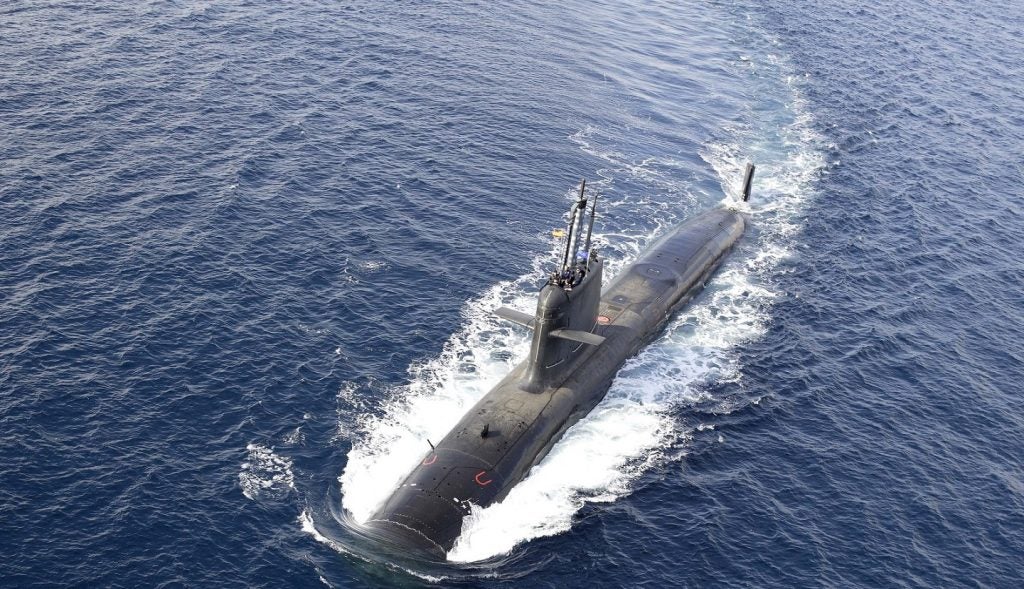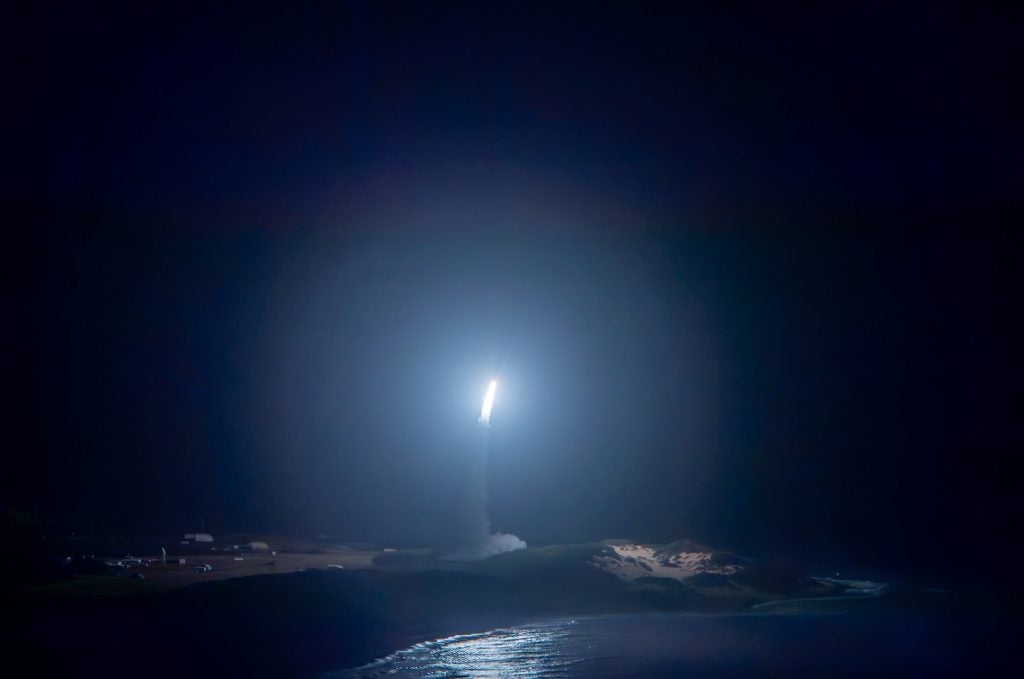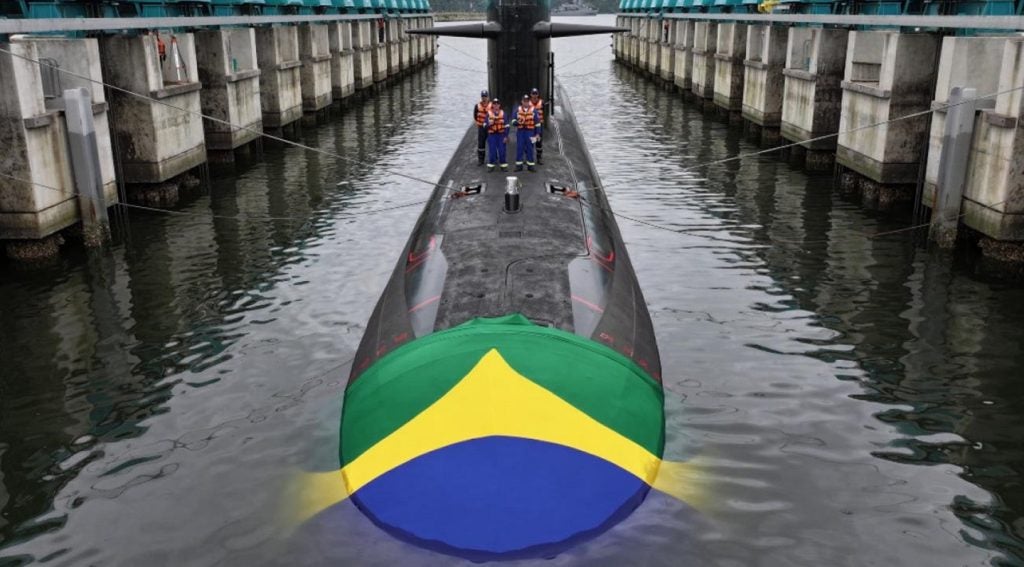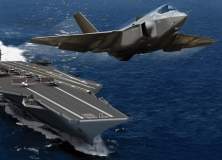

The US Navy is one of the most technologically advanced armed forces in the world, yet, perhaps surprisingly, it still relies on steam power for one of its everyday tasks on even its newest ships. Steam powered catapults have launched military jets from aircraft carriers as part of Catapult Assisted Take Off But Arrested Recovery (CATOBAR) installations for over 50 years, and are even used on the current Nimitz class fleet of supercarriers.
They have stayed the course because they are so effective; along the length of a 300 foot deck, a steam catapult can accelerate a 60,000 pound aircraft to 150mph or more in less than two seconds, and a carrier with four catapults can launch an aircraft every 20 seconds. When the pilot has the jet engines at full power, the launch valves are opened to admit steam, which surges into the cylinders driving the pistons and shuttle attached to the cable forward.
But when the navy’s new Gerald R. Ford class aircraft carriers come online from 2016, the age of steam may finally come to an end. In 2009, the US Naval Air Systems Command (NAVAIR) awarded General Atomics (GA) the prime contract to provide EMALS and Advanced Arresting Gear (AAG) for the first-in-class vessel Gerald R. Ford, known by the classification CVN 78. Hardware delivery is due to be complete by the end of the year. GA received a second contract this August to install EMALS and AAG on the second in class, CVN 79, which will be named John F. Kennedy and will be delivered in 2023.
The business end of the RWS is an electric 25mm machine gun that can wield up to 2,000 rounds .
See Also:
"These are exciting times. We are beginning EMALS and AAG production for the second ship in the class, CVN 79, as these systems are being integrated into the Gerald R. Ford, CVN 78," said Dean Key, General Atomics’ director of launch and recovery production programmes, when the contract was announced. "We are proud to be part of the team that is putting cutting-edge technology into the world’s premier aircraft carriers and into the hands of naval forces."
How well do you really know your competitors?
Access the most comprehensive Company Profiles on the market, powered by GlobalData. Save hours of research. Gain competitive edge.

Thank you!
Your download email will arrive shortly
Not ready to buy yet? Download a free sample
We are confident about the unique quality of our Company Profiles. However, we want you to make the most beneficial decision for your business, so we offer a free sample that you can download by submitting the below form
By GlobalDataHow EMALS works
Compared with the relative simplicity of the steam system, it takes a range of advanced technology in a closed-loop system to deliver the multi-megawatt power EMALS depends on. The energy required to accelerate an aircraft to launch velocity within a couple of seconds is generated by the ship’s own systems, but must be stored between launches in a bespoke EMALS energy storage subsystem (ESS) to ensure its ready availability, and recharged between launches.
The ship’s own electrical distribution system drives the energy storage generators for the ESS using GA’s Prime Power Interface, which is based on the same solid-state technology the company supplies to its commercial power equipment customers. GA completed factory acceptance testing of the motor generator component of its ESS in March 2008.
This stored energy is delivered from the power conversion system via the energy distribution system and converted into a travelling wave of energy by precision power conversion electronics which ensure it is at the correct voltage and current for the launch motor. Integrated into the flight-deck, the linear induction launch motor takes this current and converts it into electromagnetic force which drives the shuttle hitched to the aircraft along the catapult span, known as the launch stroke. The electric current is then reversed to brake the shuttle to a standstill before it is being reset and the whole system recharged. To oversee all these complex processes, GA has developed a real-time control system.
When EMALS is brought online to handle launches, a similarly sophisticated system will need to safely bring landing aircraft to a halt. The other half of GA’s contract with the US Navy will deliver the Advanced Arresting Gear (AAG) to replace the hydraulic ram and rotary engines currently used. AAG uses energy-absorbing water turbines coupled with a large induction motor, provides fine control of the arresting forces and will work on Nimitz and Ford class carriers.
Even before on-board installation began on the Gerald R. Ford, GA-EMS trialled its EMALS systems at its specially designed Shipset Controls Lab (SCL) at its facility in San Diego, California, which accurately simulates Ford class catapult flight deck controls. Launches of a range of aircraft including an F-35C Joint Strike Fighter have been carried out using a land-based EMALS system at Naval Air Systems Command (NAVAIR) in Lakehurst, New Jersey since 2010.
Running out of steam
But if the US Navy’s aircraft carrier steam catapults have been so effective and reliable over so many decades, why do they need replacing? While there is nothing wrong with the existing systems per se, there are some things GA thinks its EMALS alternative does better, and it opens new opportunities that weren’t even a consideration in the early days of CATOBAR.
The system can support a wider range of end-speeds, so a single system can be used over a wider range of aircraft types and weights, and more accurately deliver the correct launch velocity for each. It even provides a launch capability for unmanned aerial vehicles.
A smoother acceleration across the deck governed by the EMALS controls would reduce wear and tear on the aircraft, which could extend their lifetime and save maintenance costs. The EMALS system itself is highly modular and makes extensive use of commercial off-the-shelf components with high levels of redundancy, for reliability and easy installation and maintenance.
In keeping with the networked nature of the US Navy’s highly networked ships with central control, EMALS will interface with existing controls and communication software and require fewer personnel to operate.
Engineers have developed a human-like skin for aircraft which can detect damage and sense the world as it flies through the sky.
But as EMALS uses technology similar to railguns, could it also be susceptible to some of the problems that have limited railgun development to date? EMALS’ speed controlling systems and shuttle aircraft interface would make the risk of friction heat damage considerably less than that of railguns – the top launch speed required of EMALS is around 150mph, compared with up to Mach 5 achieved by GA’s Blitzer electromagnetic railgun.
Railguns also require a massive bank of capacitors to generate the charge, while EMALS uses and stores energy from the ship’s own power systems. And while the friction between the railgun projectile and the rails generates considerable heat which could make a ship firing a railgun easier to detect, EMALS produces less heat than its steam progenitor.
One problem they could share is that the magnetic fields generated by railguns and EMALS during launch can cause damage to electronic equipment, so the ship must be better shielded to avoid detection, damage to on-board equipment and interference with surveillance systems.
The US Navy has already stamped its seal of approval on EMALS by selecting it as the launcher of choice for its Ford class aircraft carriers, each of which carries up to 90 aircraft, including the Lockheed Martin F-35C Lightning II, and Northrop Grumman’s new unmanned combat air vehicle, the X-47B. With this kind of versatility, it could truly herald the end of the US Navy’s steam age.

.gif)

